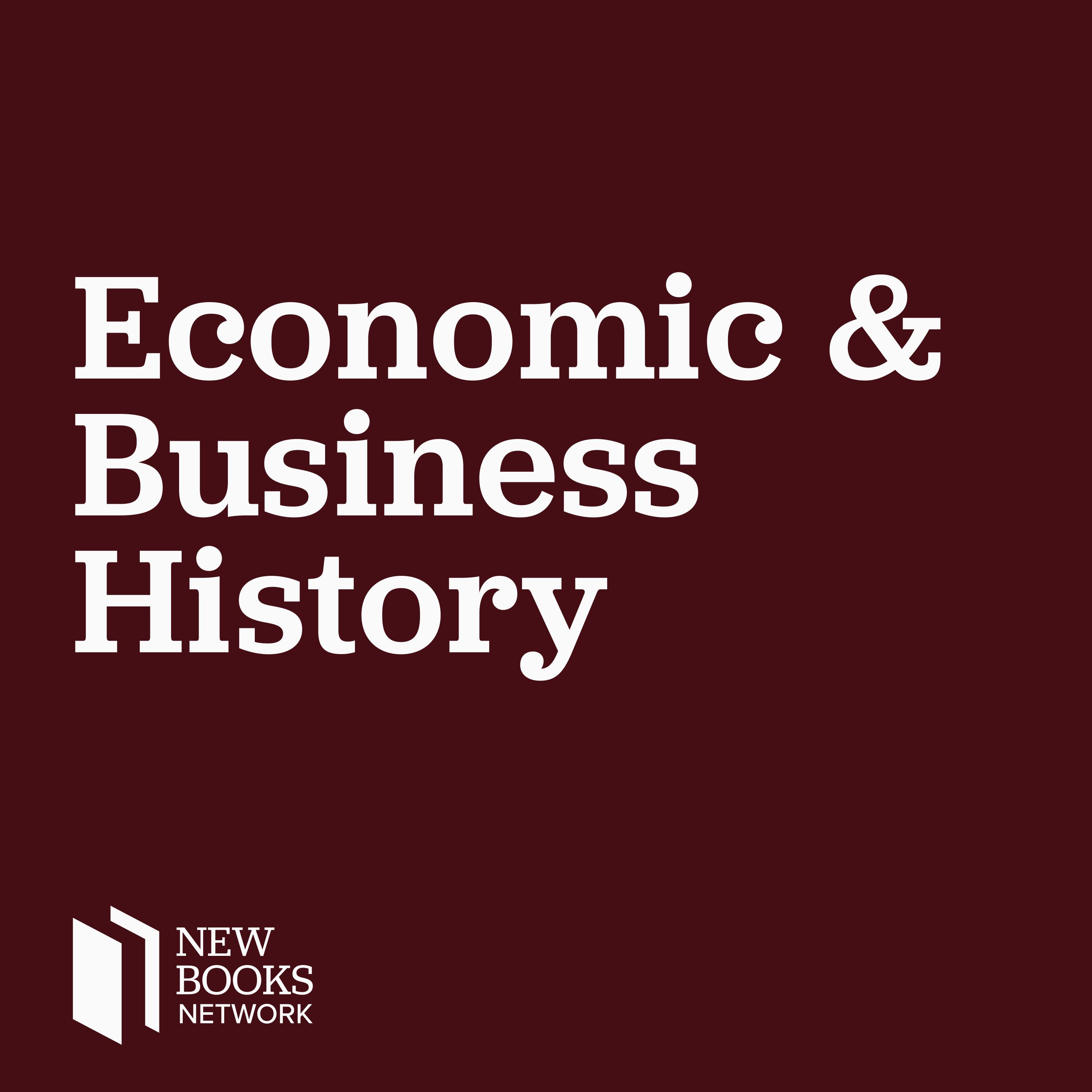
Ann Johnson and Johannes Lenhard, "Cultures of Prediction: How Engineering and Science Evolve with Mathematical Tools" (MIT Press, 2024)

New Books in Economic and Business History
Shownotes Transcript
A probing examination of the dynamic history of predictive methods and values in science and engineering that helps us better understand today's cultures of prediction.
The ability to make reliable predictions based on robust and replicable methods is a defining feature of the scientific endeavor, allowing engineers to determine whether a building will stand up or where a cannonball will strike. Cultures of Prediction: How Engineering and Science Evolve with Mathematical Tools) (MIT Press, 2024), which bridges history and philosophy, uncovers the dynamic history of prediction in science and engineering over four centuries. Ann Johnson and Johannes Lenhard identify four different cultures, or modes, of prediction in the history of science and engineering: rational, empirical, iterative-numerical, and exploratory-iterative. They show how all four develop together and interact with one another while emphasizing that mathematization is not a single unitary process but one that has taken many forms.
The story is not one of the triumph of abstract mathematics or technology but of how different modes of prediction, complementary concepts of mathematization, and technology coevolved, building what the authors call “cultures of prediction.” The first part of the book examines prediction from early modernity up to the computer age. The second part probes computer-related cultures of prediction, which focus on making things and testing their performance, often in computer simulations. This new orientation challenges basic tenets of the philosophy of science, in which scientific theories and models are predominantly seen as explanatory rather than predictive. It also influences the types of research projects that scientists and engineers undertake, as well as which ones receive support from funding agencies.
Nikki Stevens, PhD is a critical technology researcher and software engineer. Find more of their work here).
Learn more about your ad choices. Visit megaphone.fm/adchoices)